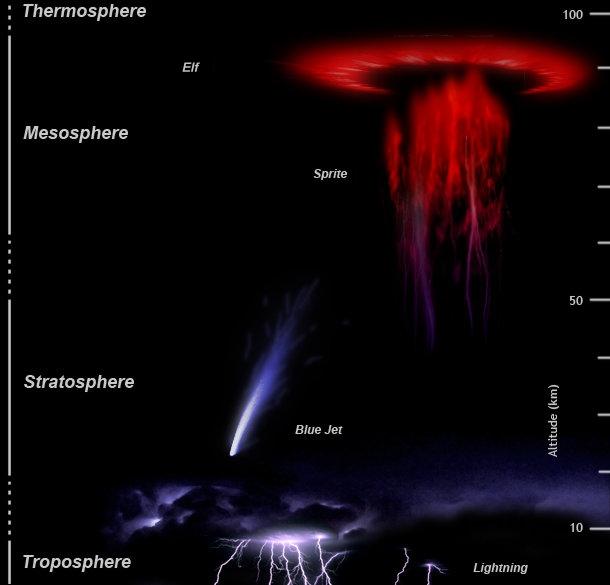On the night between Sunday and Monday, at 00:37 Israel time, a SpaceX Dragon spacecraft will take off from the Kennedy Space Center in Florida for the International Space Station on a Falcon 9 launcher. This is Axiom Space's second private mission, after launching the AX-1 mission in 2022 with the second Israeli astronaut , Eitan Stibbe.
The first Saudi woman in space
The four private astronauts who will be launched into space tonight will set a number of historical records. The mission will be manned by former NASA astronaut Peggy Whitson, who holds the record for the most time spent in space for a woman or an American at all (665 days). She was also the first female commander of the International Space Station. Tonight, the 63-year-old Whitson will become the first female commander in history of a private space mission. The pilot of the mission will be aerobatics pilot, racing driver and businessman John Schoffner, who bought his place in the mission for $55 million.
Whitson and Schoffner will be joined by two cargo experts from the Saudi Space Commission (SSC) – Rayana Barnawi and Ali Al-Karni. Al-Karni is a fighter pilot with the rank of captain in the Saudi Air Force, while Barnawi is a breast cancer researcher – who will tonight become the first Arab-Muslim woman in space in general, and the first Saudi woman in space in particular, as a representative of a kingdom that until 2018 did not allow women to drive a car. Both will be the first Saudis in history to stay on the International Space Station. The first Saudi astronaut, Prince Sultan bin Salman Al Saud flew the space shuttle Discovery in 1985 and is currently in charge of the Saudi Space Commission with the status of a minister.
To watch the live broadcast from the launch pad (starting at 21:10):
The Lightning Experiment in Memory of Ilan Ramon
During their week-long stay on the International Space Station, Whitson and Shoffner are scheduled to conduct nine experiments. Among other things, the two will try to genetically sequence individual human cells in an attempt to understand better the effects of microgravity on the human body. Barnawi and Al-Carney are scheduled to conduct eleven scientific experiments on the space station, with the emphasis on stem cells – Barnawi's area of expertise.
One of the experiments that Whitson will conduct is the Israeli experiment for the study of lightning elves: ILAN-ES – Imaging of Lightning and Nocturnal Emission in Space, led by Prof. Yoav Yair of Reichman University. The purpose of the experiment is to observe, from the space station, powerful lightning storms which produce “super-lightning” and luminous phenomena in the upper atmosphere (between 50 and 95 km above sea level), known as “lightning elves” (red sprites and blue jets, and giant rings of light called “elves”). The ILAN-ES experiment is a direct continuation of the MEIDEX experiment conducted by the late Ilan Ramon and his colleagues in the crew of the Columbia space shuttle in 2003.

Last year, Prof. Yair applied the prediction method, which was used by the late Ramon, for the Ax-1 mission as well. In that mission, Eitan Stibbe and his colleagues were able to photograph in the highest quality no less than 70 lightning elves from 20 different storms all around the planet Earth. The results were presented at several international conferences and submitted for publication in the journal Acta Astronautica journal.
At Stibbe's initiative, a proposition was made to Axiom to conduct the experiment on the Ax-2 mission as well. The company and NASA approved the implementation of ILAN-ES – and in a Zoom briefing to the astronaut crew last week, Prof. Yair conveyed the scientific and educational goals of the experiment. Eitan Stibbe even added his own "tips" on how to track lightning with a camera from inside the International Space Station. It is possible that the Saudi astronauts will also take part in the Israeli experiment.











